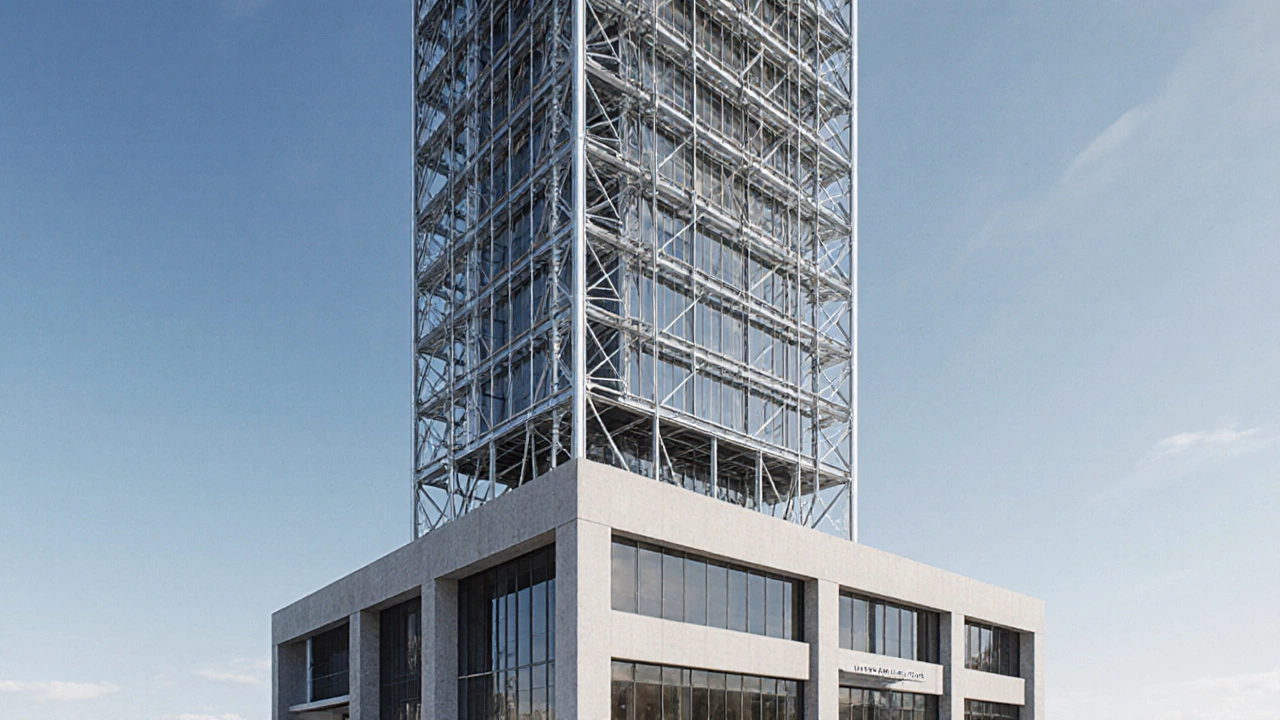Mixed-Use Building: What It Means for Developers and Residents
When working with mixed-use building, a development that combines commercial, residential, and sometimes public uses in one structure, offering shared amenities and multiple income sources. Also known as mixed-use development, you get a project that merges business and home life under one roof. Ever wonder why city planners love them? They pack office space, apartments, shops, and even schools into a single block, boosting foot traffic and cutting land costs. At the heart of this blend is commercial construction, building projects focused on offices, retail, and other business spaces working hand‑in‑hand with residential construction, the creation of homes, apartments, and condos. The two worlds share foundations, utilities, and sometimes even parking structures, which means you need architectural services, professional design and planning that guide the whole project from concept to completion to keep everything coordinated. In short, a mixed-use building is more than a stack of rooms – it’s a carefully choreographed partnership between commercial and residential construction, tied together by smart design.
Profit, Materials, and Maintenance: Key Factors for Success
One of the biggest questions developers ask is: how profitable can a mixed-use building be? The answer lies in the profit margins of both commercial and residential sectors. Commercial construction often commands higher margins because businesses pay premium rents for prime locations, while residential units provide steady, long‑term cash flow. Combining the two can smooth out revenue spikes and dips, which is why many investors rank mixed-use projects at the top of their portfolios. But profit isn’t just about rent – the choice of building materials matters too. Long‑lasting materials like reinforced concrete, steel framing, and high‑performance insulation keep maintenance costs down and improve energy efficiency, especially important when you have both offices that run 24/7 and homes that need quiet comfort. Speaking of maintenance, foundation health is a silent but critical factor. A solid foundation prevents costly sagging floors and structural cracks that could jeopardize both commercial spaces and apartments. Understanding foundation repair, the methods used to stabilize and fix building foundations early on saves money and protects the building’s reputation. In practice, developers often schedule foundation inspections during the design phase and allocate a contingency budget for any unexpected issues.
So what should you watch out for when you’re planning or managing a mixed-use building? First, zoning rules differ for commercial and residential parts – you’ll need to meet both sets of regulations, from fire safety codes to parking minimums. Second, the construction sequence matters: getting the structural core right before fitting out the retail interiors avoids costly re‑work. Third, consider the user experience – shared amenities like elevators, balconies, and lounges should feel seamless for office workers and residents alike. Finally, keep an eye on market trends. As remote work reshapes office demand, flexible floor plans that can switch between coworking spaces and boutique shops become a real advantage. All these pieces – profit strategy, material choice, foundation integrity, regulatory compliance, and flexible design – connect back to the core idea that a mixed‑use building is a living ecosystem. Below you’ll find a curated set of articles that dig deeper into each of these topics, from profit analyses to architectural best practices and foundation repair guides, giving you the practical insight you need to turn a mixed-use concept into a thriving reality.

